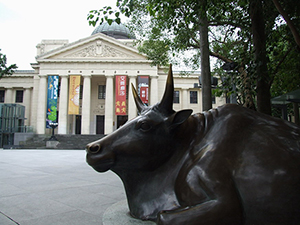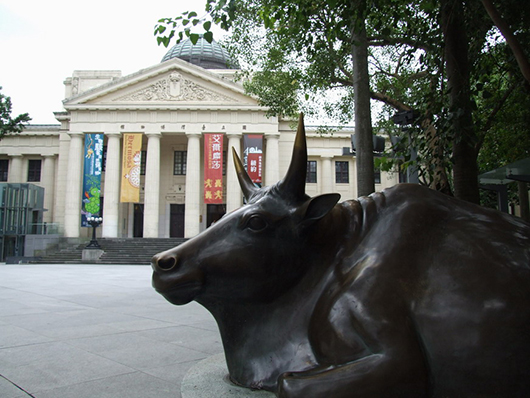
The Taipei-based National Palace Museum said it will lend 231 pieces and sets ranging from paintings and calligraphy to bronze, china, jade and embroidery to the Tokyo National Museum and Kyushu National Museum from June to November 2014.
The loan will include the museum’s most-prized items — a jade cabbage and meat-shape stone dating back to the Qing Dynasty (1644-1911) — which have never been displayed overseas, it said in a statement.
The two artifacts will be on loan for a period of two weeks only.
It will also be the first ever loan by the National Palace Museum to an Asian country, following previous exhibitions in the United States, France, Germany and Austria.
The Taipei museum boasts more than 600,000 Chinese artifacts spanning 7,000 years from the prehistoric Neolithic period to the end of the Qing Dynasty in 1911.
Many were removed from the Beijing museum in the 1930s by China’s Nationalist government to prevent them falling into the hands of invading Japanese troops.
The jade cabbage was brought to the island by Nationalist leader Chiang Kai-shek, Taiwan’s first president, when he fled communist rule.
The carving, about the size of a hand, is a replica of a bok choy cabbage with two insects resting upon its leaves.
Thought to be an allegory for female virtue — with the white stalk symbolizing purity and the insects a metaphor for children, it is said to have been a present to the Emperor Guangxu’s Consort Chin.
For years, the National Palace museum was unwilling to loan the artifacts for fears that Beijing would try to claim them, until the Japanese government passed a law to prevent such seizures in 2011.
# # #
ADDITIONAL IMAGE OF NOTE



